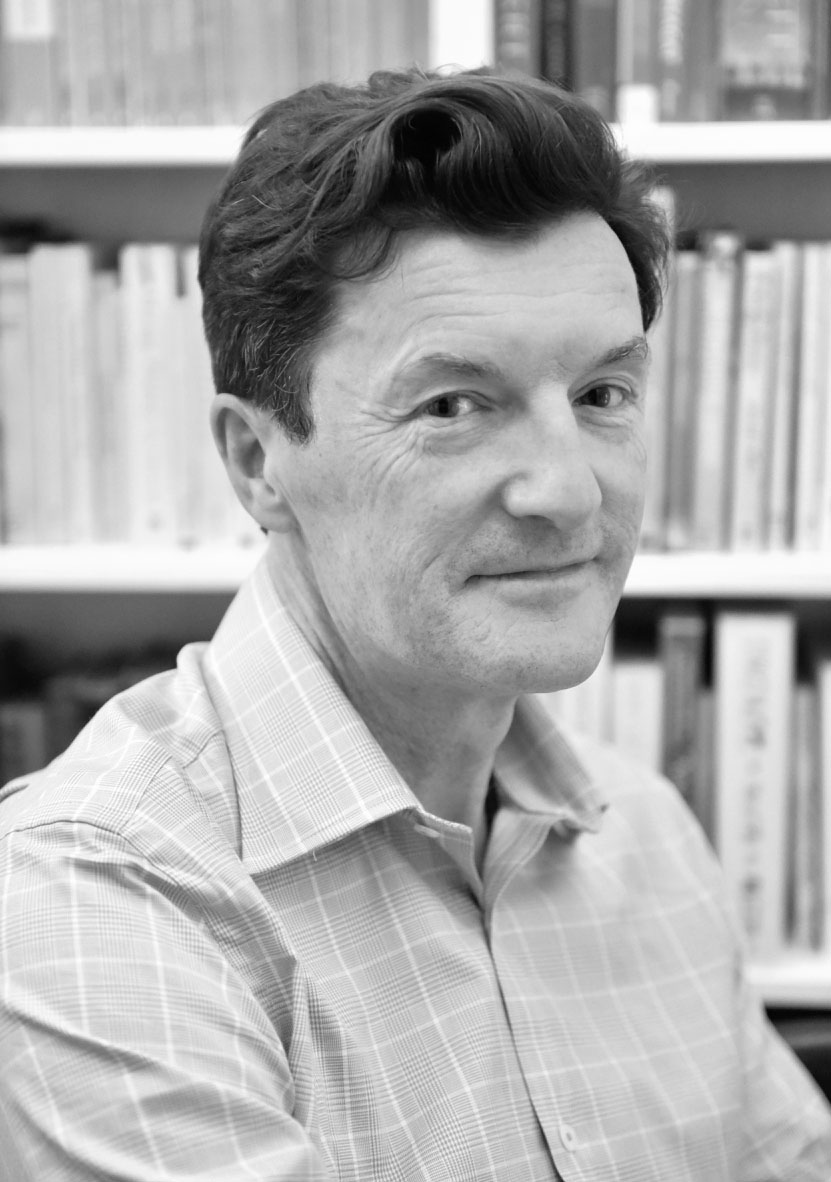 One of the most significant and far-reaching changes in the last decade or two to the investigation of suspects and the and detection of culprits has been the collection and interpretation of DNA evidence by the police and it’s presentation as evidence in trials.
One of the most significant and far-reaching changes in the last decade or two to the investigation of suspects and the and detection of culprits has been the collection and interpretation of DNA evidence by the police and it’s presentation as evidence in trials.
‘Massively parallel sequencing’ or ‘MPS’ offers the potential to predict the physical appearance and age and ethnicity of a suspect from a scientific and genetic interpretation of a DNA sample left at or associated with a crime scene. So that, it seems, even if there is no matching DNA profile on a database to establish the probable donor of the DNA sample recovered and analysed, MPS offers the future potential to predict physical characteristics that may be used as significant and relevant circumstantial evidence to support a case against a suspect against whom there is presumably evidence of other sorts as well.
The potential for the correct detection of a criminal speaks for itself. The potential for miscarriages of justice is equally pregnant.
DNA evidence once collected can be interpreted and forensic biologists are frequently called in criminal trials to interpret from a scientific perspective the probability of the DNA recovered from a relevant sample belonging to someone other than and unrelated to the Accused; probabilities that can be statistically minute.
However, the presence of an Accused’s DNA on a surface or object associated to a crime can often only be the starting point: such a statistically matching sample does not address the often most crucial questions of ‘how’ and ‘when’ the Accused’s DNA was deposited. Crucial questions to address because in certain circumstances and conditions DNA can be deposited by secondary or onward transfer and DNA might persist for months or even years without degrading beyond the point where a DNA match might be made.
To translate this into simplistic terms: an Accused could touch an object and deposit his or her DNA onto the object that might then be moved and touched by another who then collects and deposits a detectable sample of the Accused’s DNA onto a further object or surface never directly touched or visited by the Accused at all. Or the Accused may have touched an object or surface that many weeks or months following this contact becomes a crime scene or a relevant item associated with a crime scene.
If you think that such scenarios are far-fetched then think again.
Add into such a world of possibility the use of MPS then possibilities upon possibilities may begin to emerge and be utilised as evidence in trials leading to a world of infinite statistical possibility. Trials will become ever longer as forensic biologists and statisticians do scientific battle before juries tasked with ever more impossible factual scenarios to interpret and resolve.
How does the old adage of ‘if you’ve got nothing to hide then you have nothing to fear’ reassure you in such a world as your DNA is interpreted and potentially matched to a suspect of your age and ethnicity and placed in places and on things that you have never visited or touched. Cold comfort indeed. Brace yourselves for such a brave new world and remember what happened to those guilty of thought crime in the movie ‘The Minority Report’ though the utilisation of an entirely flawed investigative process.

Criminal Offences
As well as representing clients charged with criminal offences Anthony represents professional clients in the State Administrative tribunal across a range of legislative areas.












